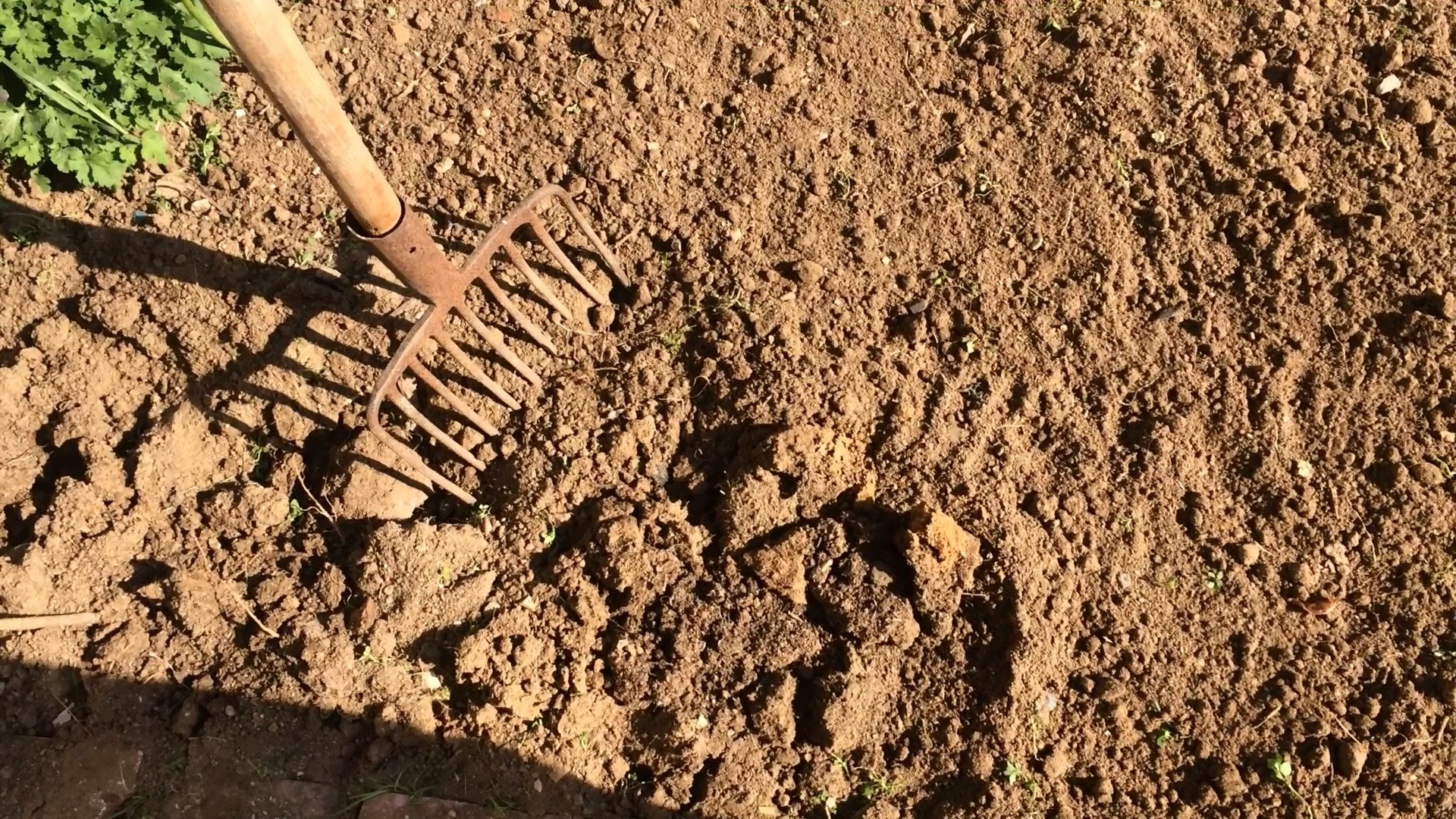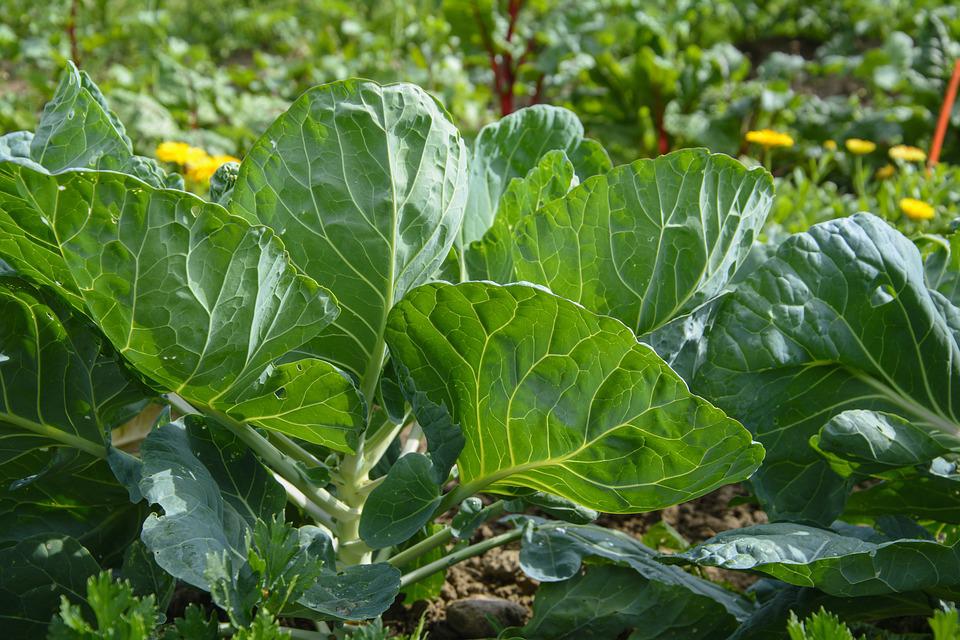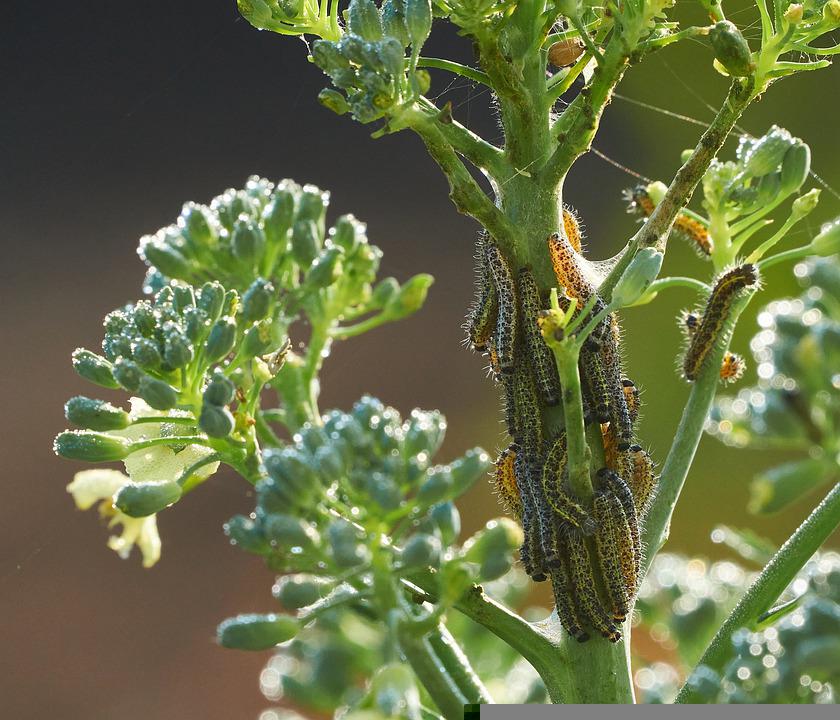Cauliflower is a cool-season crop in the cole family {Brassica oleracea}, which includes broccoli, Brussels sprouts, cauliflower, collards, kale, and kohlrabi.This plant is a temperamental one, requiring careful maintenance and care to yield a delicious product. Cauliflowers have a reputation for being tricky to grow, but with the right growing conditions and care, you can successfully grow your own organic cauliflower at home. The plant grows best in soil that is fertile and soft so it can hold enough moisture.
Botanical Name: Brassica oleracea (Botrytis group)
Common Name: Cauliflower
Plant Type: Biennial, grown as an annual
Mature Size: 12-30 in. tall, 12-24 in. wide
Sun Exposure: Full sun (8 ours of sun daily)
Soil Type: Rich, well-draining soil
Soil pH: Neutral (6.5 to 7.5)
Bloom Time: Spring, fall
Flower Color: White, orange, purple, green
Hardiness Zones: 2-11 (USDA)
Native Area: Europe
There are three types of Cauliflower, Summer, Autumn and Winter varieties
The summer varieties can be sown in the cold frame in September, indoors in January or outdoors in April.
The autumn varieties maturing during October and November are of two types some vigorous and large .
The winter cauliflowers are the really {heading broccoli}. They are less delicately flavoured than true cauliflowers but are easier to grow. They may take 40 to 50 weeks to mature from March through to June.
If you select the right variety and plant at the right time, it is possible to have a cauliflower to cut most of the year.
How to Grow Organic Cauliflower
When thinking about how to grow organic cauliflower, you should remember that it requires a rich soil with lots of nutrients, and your soil needs be very rich in organic matter!
Choosing The Planting Site
Select an area of the garden for your plants that receives a minimum of 8 hours of sunlight per day for best results.
Preparing The Soil Before Planting
Cauliflower likes to grow in full sun and rich, moist, well-drained soil with a pH between 6 and 7. Cauliflowers grows well in very fertile organic soil, and digging in a bucketful of well-rotted manure before planting will help for good growth of the plants, and producing big heads. I always use my well- rotted chicken manure, you can add organic matter such as compost too before planting this will help good growth. If your soil may be acidic then do a pH test and add lime if necessary this will help the plants grow better, and it's also thought it can prevent the fungal disease clubroot. Clubroot is a fungal disease, affecting the roots of cauliflowers and other brassicas, including brussels sprouts, cabbages, turnip and swede. The Roots become swollen and distorted and overall growth can be stunted.
Planting Cauliflower Seedlings
I fond that the fastest way to grow cauliflower is to start with young plants or seedlings.
. Water your seedlings well an hour before planting.
. Make a hole in the soil the approximate size of the seedling "plug".
. Put the seedlings , and push the soil in around the roots firmly with your fingers to get good contact with the soil. Don't firm down on the top of the soil as this can compact it and prevent moisture getting down to the plants roots.
. Cauliflower seedlings should be planted 60 cm between plants and 60 cm between rows. Remember that the closer you plant, the smaller the head will be!
. Water the new plants after planting but do not soak them.
TIP: It's better to transplant seedlings on a dull day or in the evening to prevent the plants wilting on a hot, dry day!
Cauliflower Plant Care
. Keep soil moist and prevent weeds by adding a 3-inch layer of mulch.
. Feed every two to four weeks with an organic fertilizer. Feed plants with Miracle-Gro plant nutrition to encourage the growth of big cauliflower heads.
. Water as necessary to keep the soil consistently moist. Cauliflower needs consistent moisture, and without sufficient water, the heads turn bitter. So provide at least 1 to 2 inches of water per week, and make sure it is soaking 6 to 8 inches into the soil. If you leave the soil dry in hot weather this will cause the buds to open slightly, making the heads ricey rather than forming tight curds.
. Add a 3-inch layer of mulch to help retain moisture and keep soil temperatures cooler.
. If you are growing cauliflower with white heads, cover the head with the largest leaf and secure with twine when the head is the size of an egg. This is called blanching. But purple, green and orange cauliflower heads don't need to be blanched.
How to Harvest Cauliflowers
Cauliflowers typically take three to five months to mature, depending on when you sowed the seed. Your cauliflower will be ready harvest when the heads are 6-8 inches in diameter, roughly 10 days after blanching. Don't leave them too long, or the plants may bolt. To harvest cauliflower, cut the stem with a knife, taking the whole head and a few of the leaves beneath it.
Watch My Organic Cauliflower Video
Cauliflower Plant Common Pests and Diseases
Cauliflower is susceptible to many crop pests, including cabbage moth, cabbage loopers, and cabbage worms. You can use row covers for protection against cabbage moth butterflies, which lay eggs on the plants.
It's very important to not plant cole crops in the same place, year after year, and to clean up all debris at the end of the growing season, to prevent diseases overwintering in the soil.
Another common cauliflower problem is leaf dieback. This is generally caused by a lack of boron in the soil. Seaweed fertilizer should help prevent this.
Cauliflower may be a bit more challenging to grow than other garden vegetables, such as kale and chard, but by following these simple steps you'll be able to grow your own organic cauliflower, which is high in fiber, vitamin C and a good source of several other nutrients.
Choose Amazing cauliflower seeds to grow in your organic vegetable garden From HERE!
Happy Organic Gardening!
















